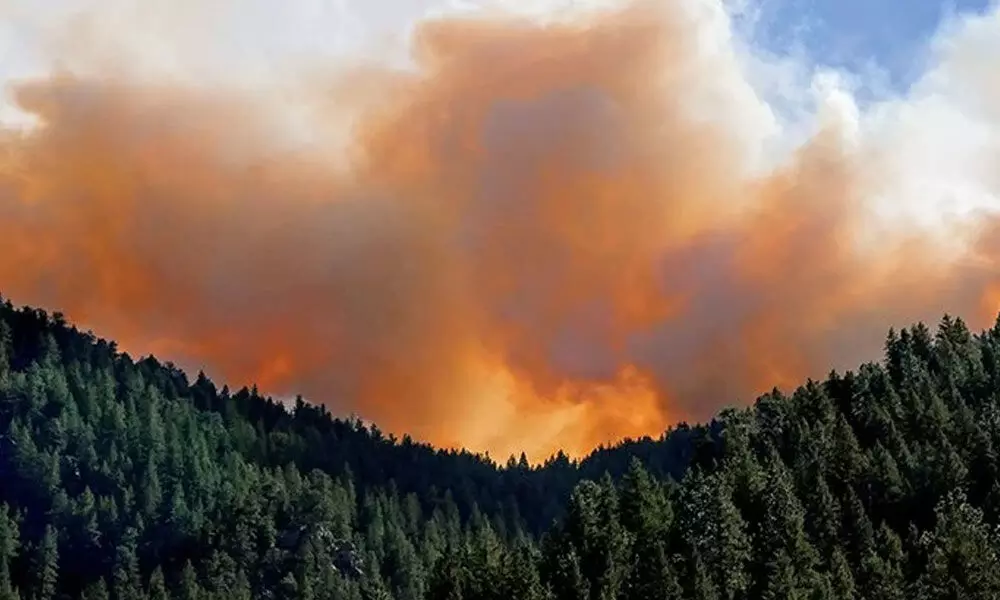Live
- SLB’s ‘Heeramandi: The Diamond Bazaar’ takes OTT by storm
- PoK, an integral part of India, is back in national consciousness: EAM Jaishankar
- Fresh Jolt to Congress: National media co-ordinator Radhika Khera quits party
- IAF convoy attack: Several detained amid search operation to trace terrorists in J&K's Poonch
- INDIA bloc has no PM candidate: Amit Shah criticises Opposition, targets Jagan in Andhra rally
- Do not vote for SP, they are terrorist supporters: UP CM Yogi Adityanath
- YS Jagan to Intensify Campaign, here is schedule for tomorrow
- Punjab Kings restrict Chennai Super Kings to modest 167 for 9
- ISSF World Cup Baku: Trap shooter Vivaan misses final, bows out in shoot-off
- MLS 2023-24: Messi sets assists record as Inter Miami trounce NY Red Bulls









